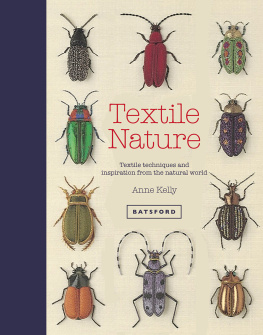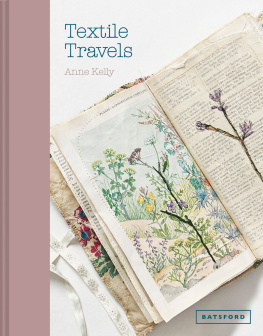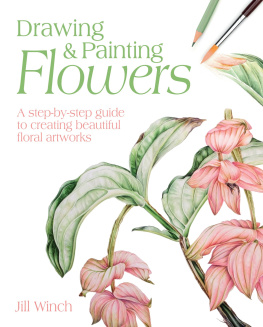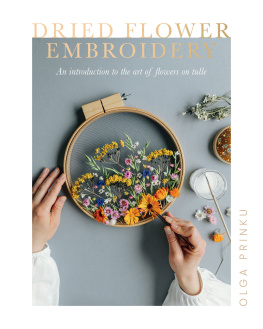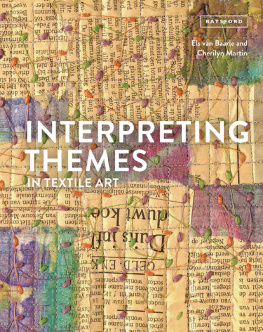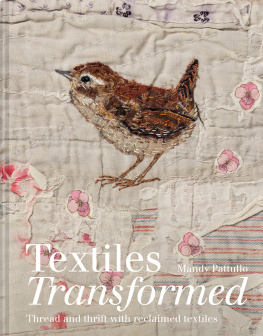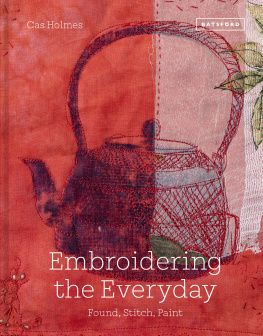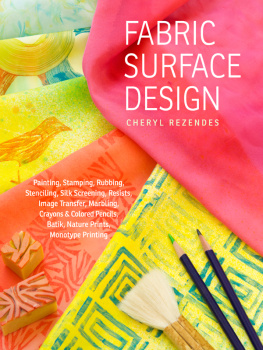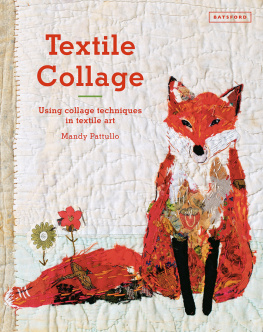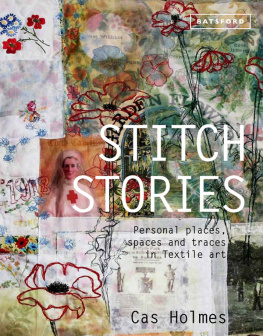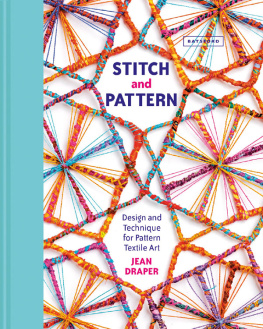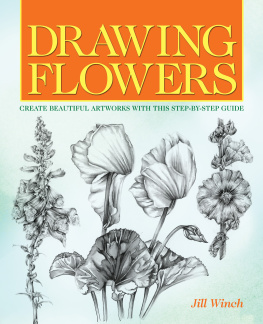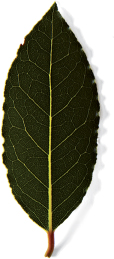Anne Kelly - Textile Nature: Textile Techniques and Inspiration from the Natural World
Here you can read online Anne Kelly - Textile Nature: Textile Techniques and Inspiration from the Natural World full text of the book (entire story) in english for free. Download pdf and epub, get meaning, cover and reviews about this ebook. year: 2016, publisher: Batsford, genre: Home and family. Description of the work, (preface) as well as reviews are available. Best literature library LitArk.com created for fans of good reading and offers a wide selection of genres:
Romance novel
Science fiction
Adventure
Detective
Science
History
Home and family
Prose
Art
Politics
Computer
Non-fiction
Religion
Business
Children
Humor
Choose a favorite category and find really read worthwhile books. Enjoy immersion in the world of imagination, feel the emotions of the characters or learn something new for yourself, make an fascinating discovery.
- Book:Textile Nature: Textile Techniques and Inspiration from the Natural World
- Author:
- Publisher:Batsford
- Genre:
- Year:2016
- Rating:5 / 5
- Favourites:Add to favourites
- Your mark:
Textile Nature: Textile Techniques and Inspiration from the Natural World: summary, description and annotation
We offer to read an annotation, description, summary or preface (depends on what the author of the book "Textile Nature: Textile Techniques and Inspiration from the Natural World" wrote himself). If you haven't found the necessary information about the book — write in the comments, we will try to find it.
An inspirational guide to using nature in textile art, with step-by-step projects
Plants, flowers, gardens, insects and birds are a rich source of inspiration for artists and designers of all kinds. This beautiful guide demonstrates how to get the most out of your surroundings to create original and unique pieces in textiles.
Beginning with a chapter on drawing from nature, the book demonstrates how to use sketchbooks and create mood boards to explore your local environment and landscape. The author demonstrates how to make small pieces such as folding books based on observational drawing and stitch. Moving on to a section on floral inspiration, the author shows how to use plants and flowers in your work, from using stencilled flower motifs as embellishment to printing with plants onto fabric and making simple relief prints. Finally, the taking flight chapter demonstrates how to move into three-dimensions and sculptural work with birds and insects made from cloth.
Featuring step-by-step projects as well as work from contemporary artists, makers and collaborative groups throughout, this practical and beautiful guide shows how practitioners of all kinds can draw from the natural world for making and inspiration.
Anne Kelly: author's other books
Who wrote Textile Nature: Textile Techniques and Inspiration from the Natural World? Find out the surname, the name of the author of the book and a list of all author's works by series.

